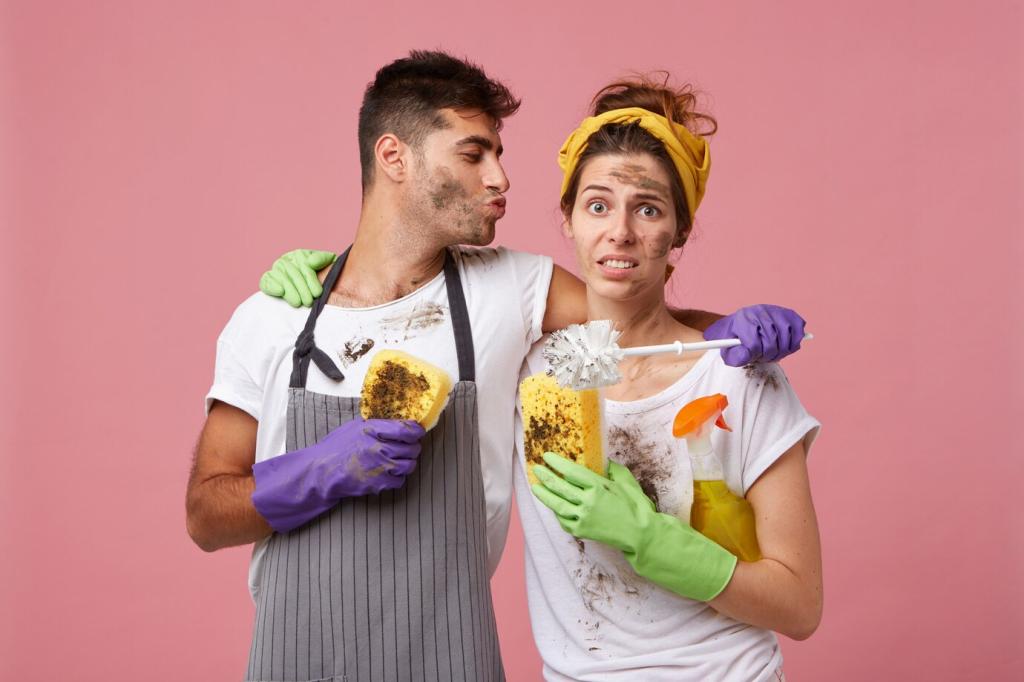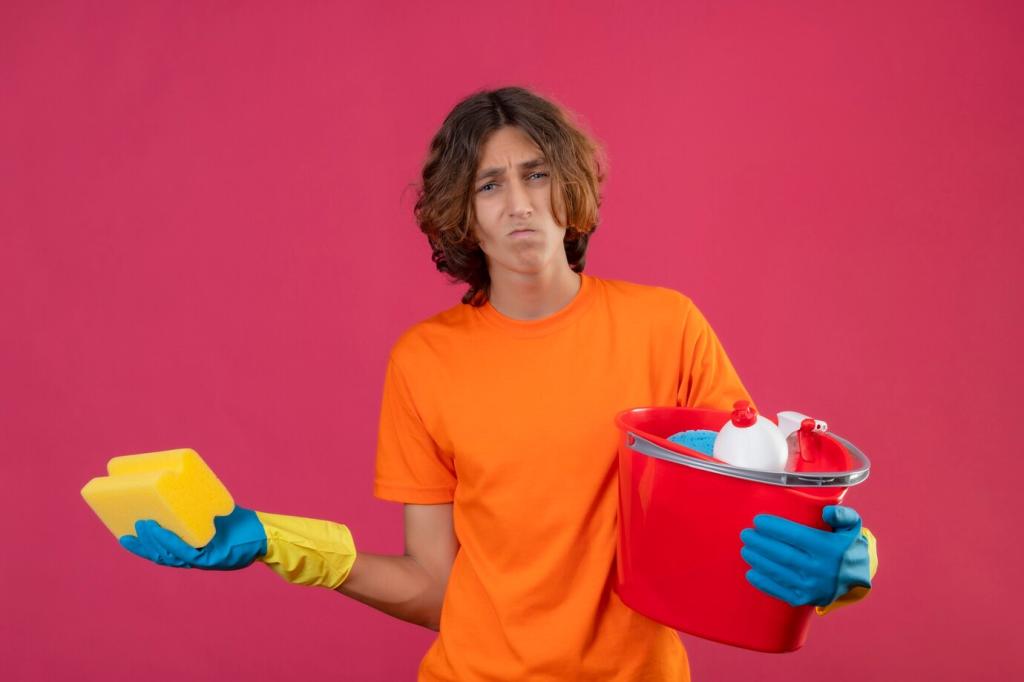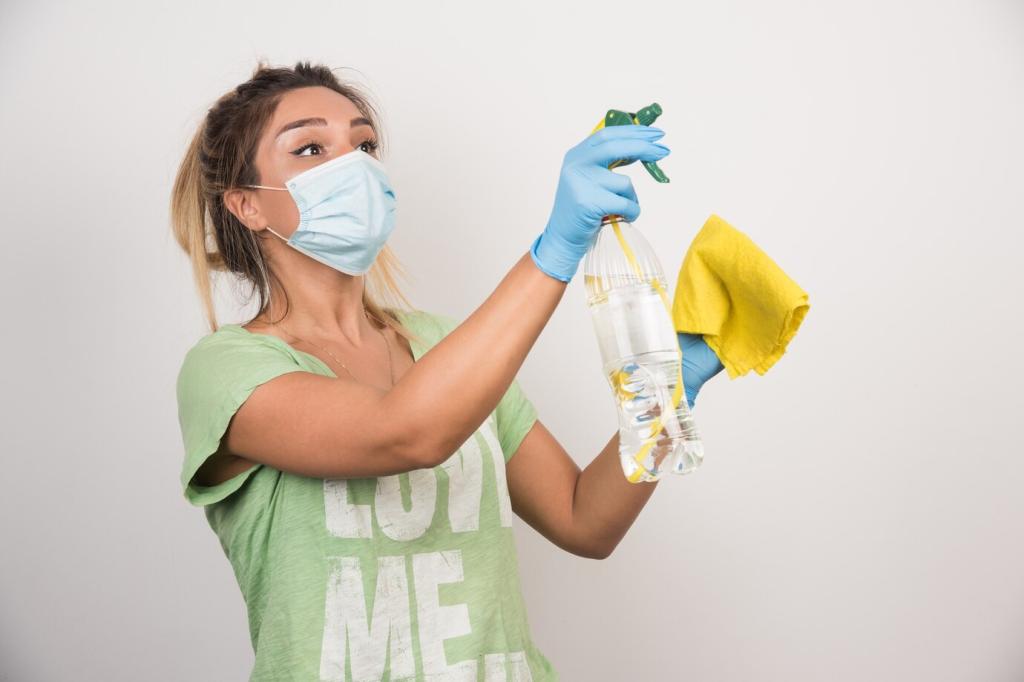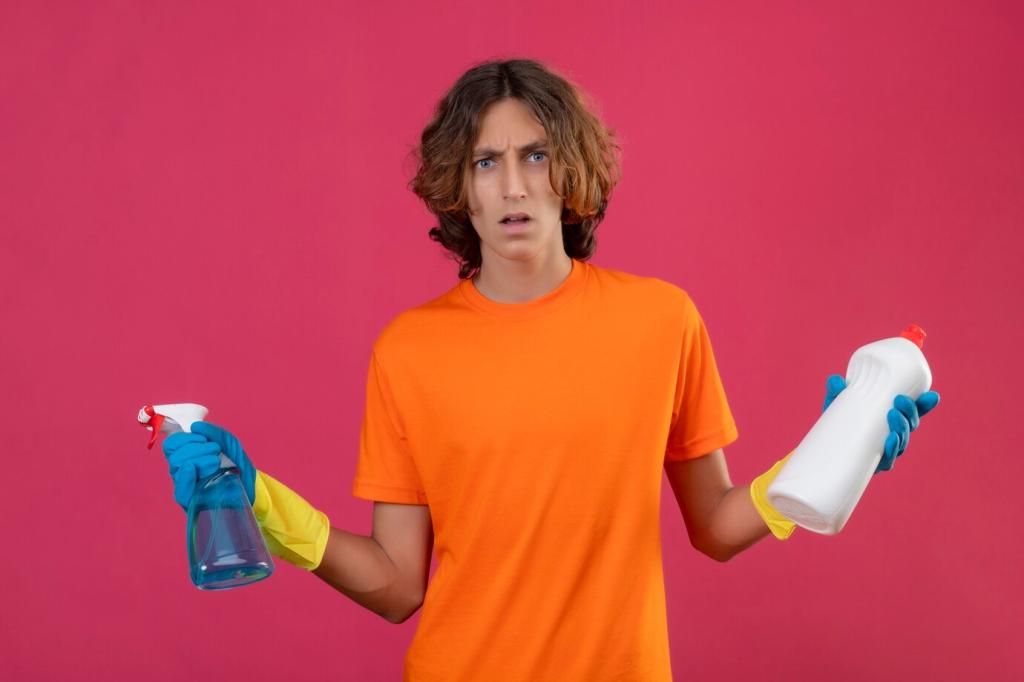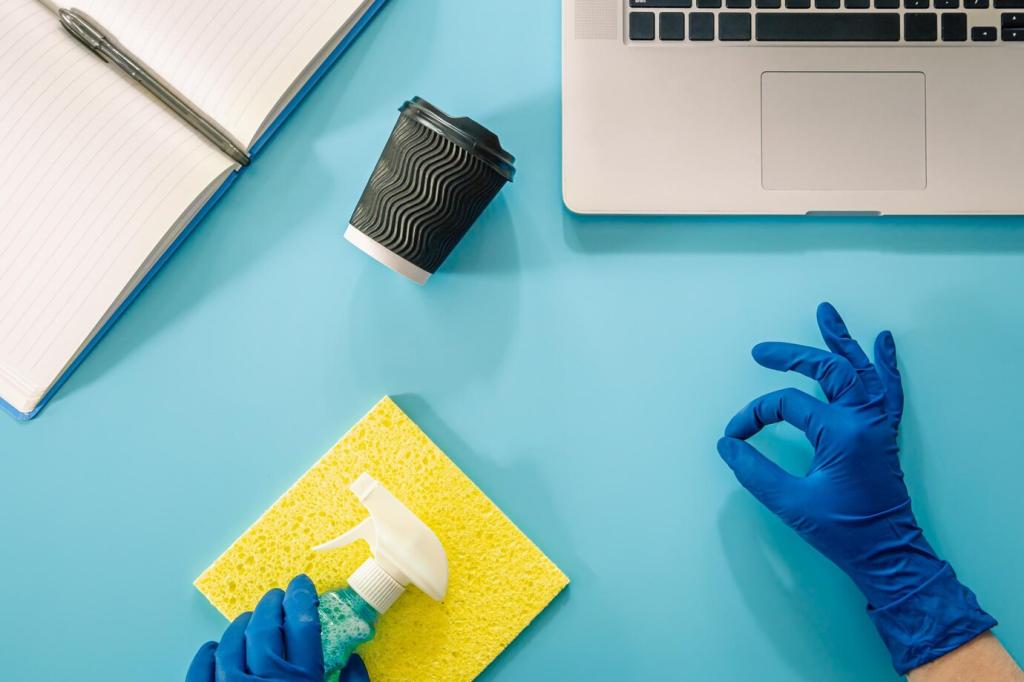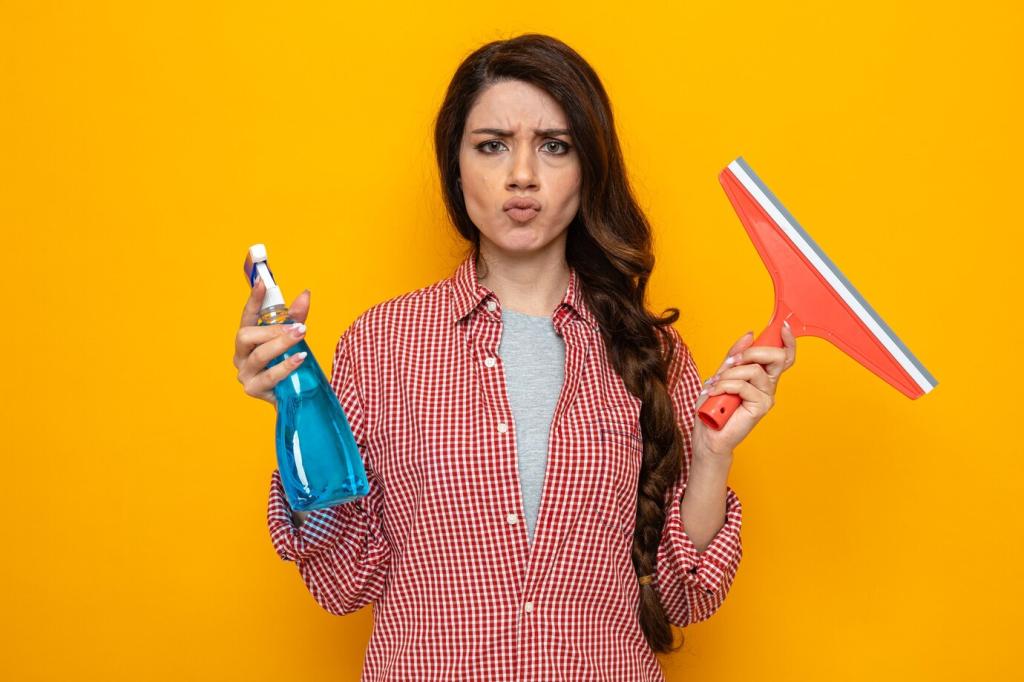Tools and Habits That Make It Easier
Keep two microfiber cloths—one for application, one for drying—plus a soft tamping brush and a compact steamer. These tools enhance eco-friendly upholstery stain removal methods by minimizing chemicals and improving lift with controlled moisture and heat.
Tools and Habits That Make It Easier
Use removable, washable covers, establish a no-shoes-on-the-sofa rule, and keep drinks on trays. A monthly vacuum routine reduces grit that abrades fibers, ensuring each stain removal session remains quick, targeted, and gentle on the fabric.


